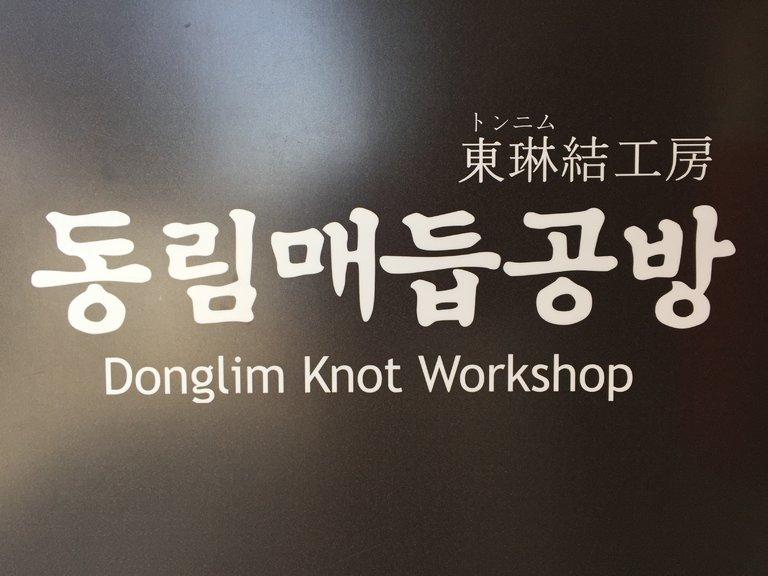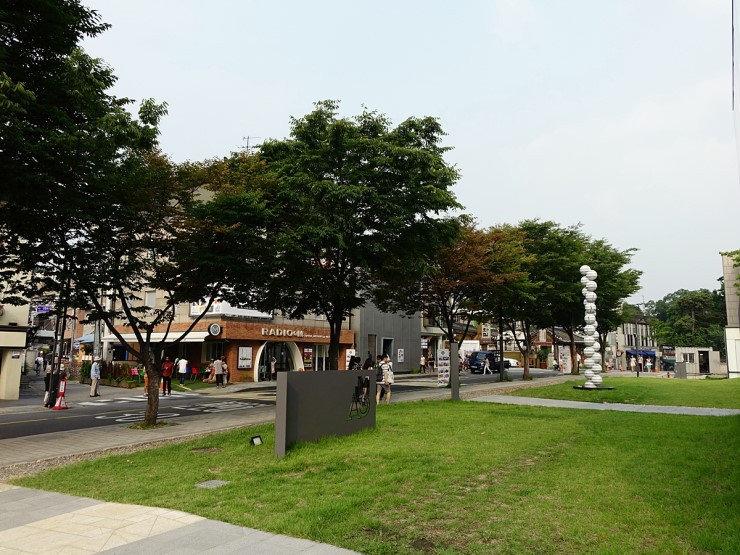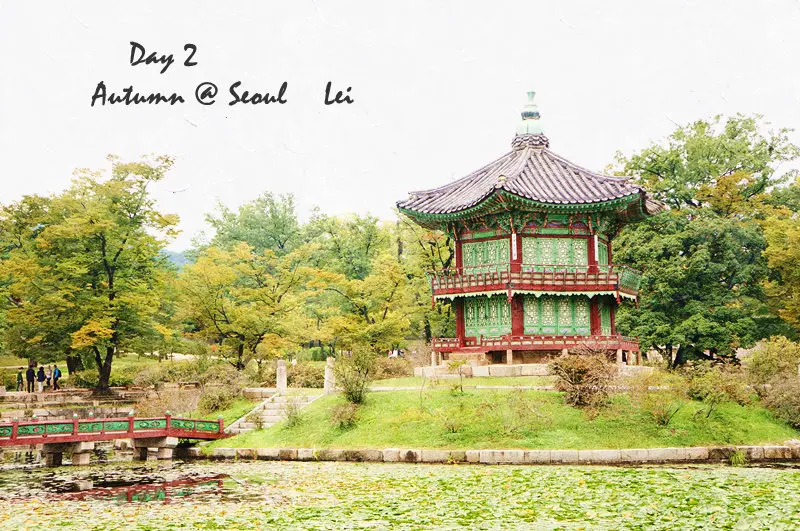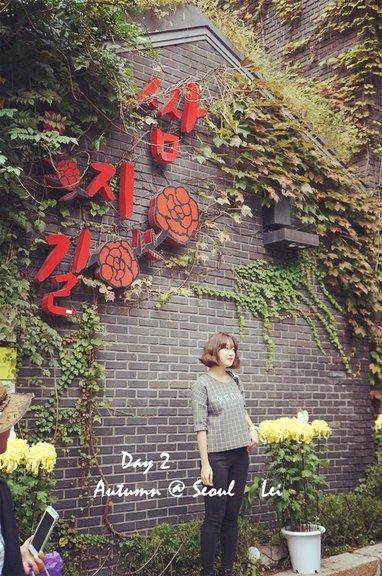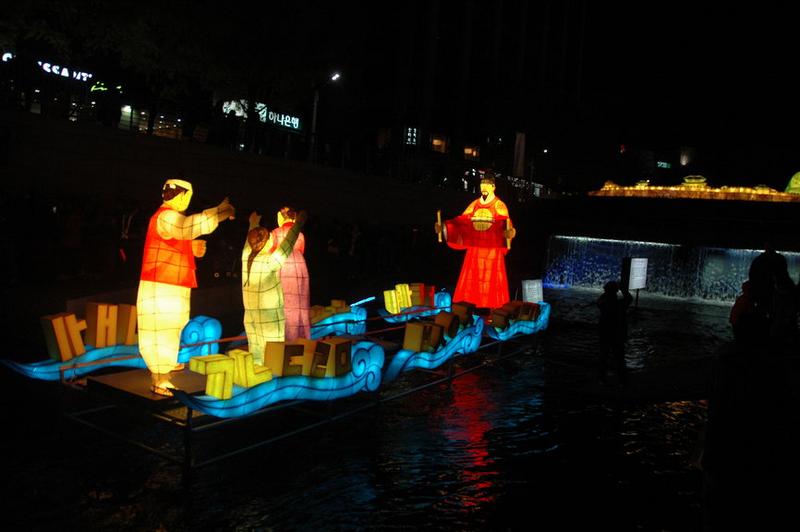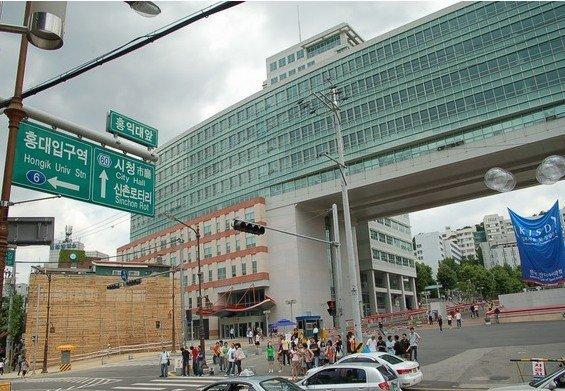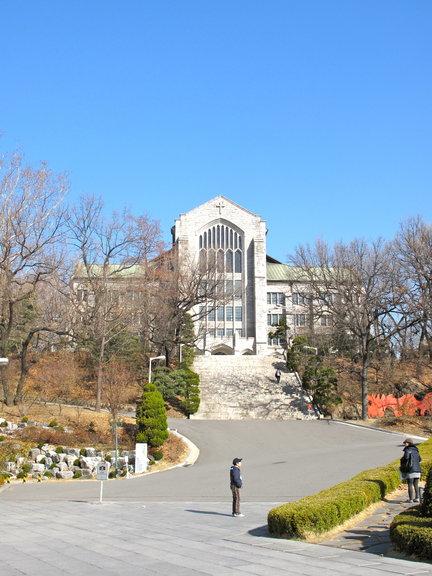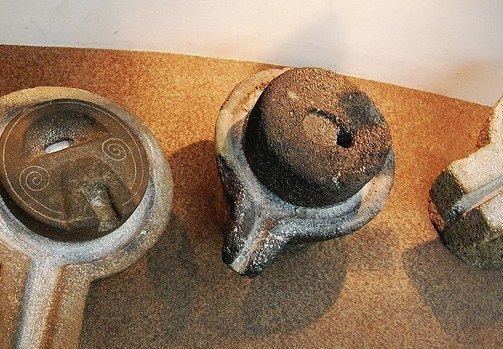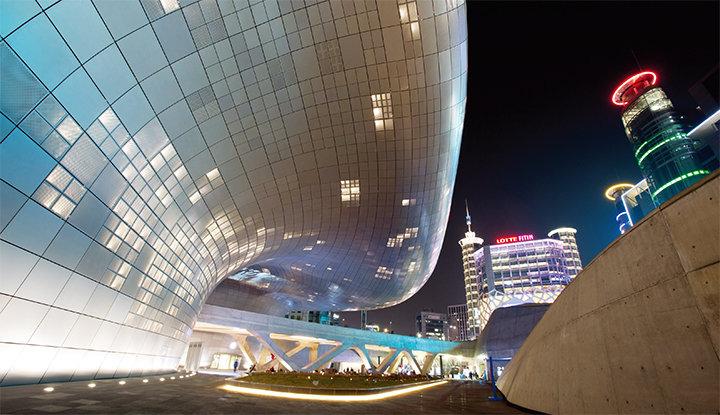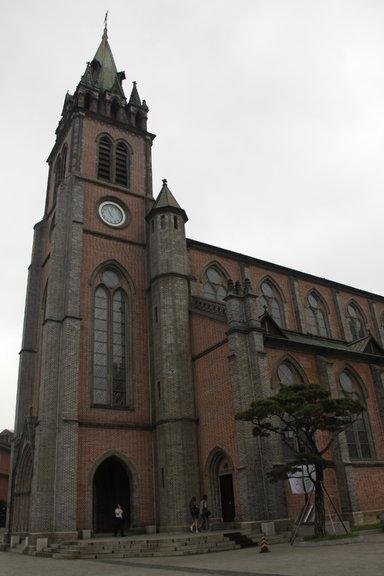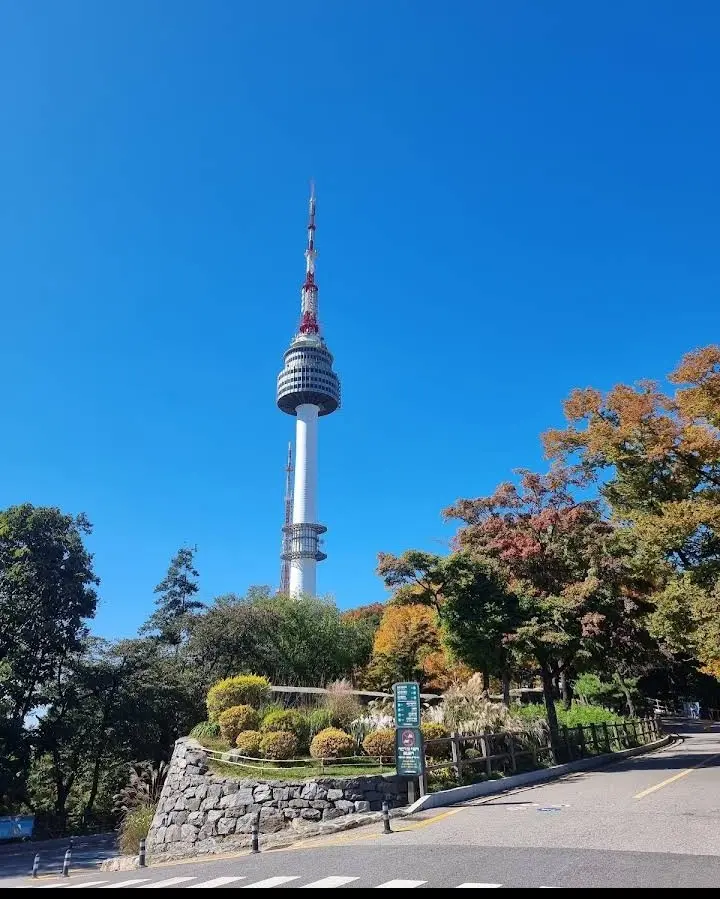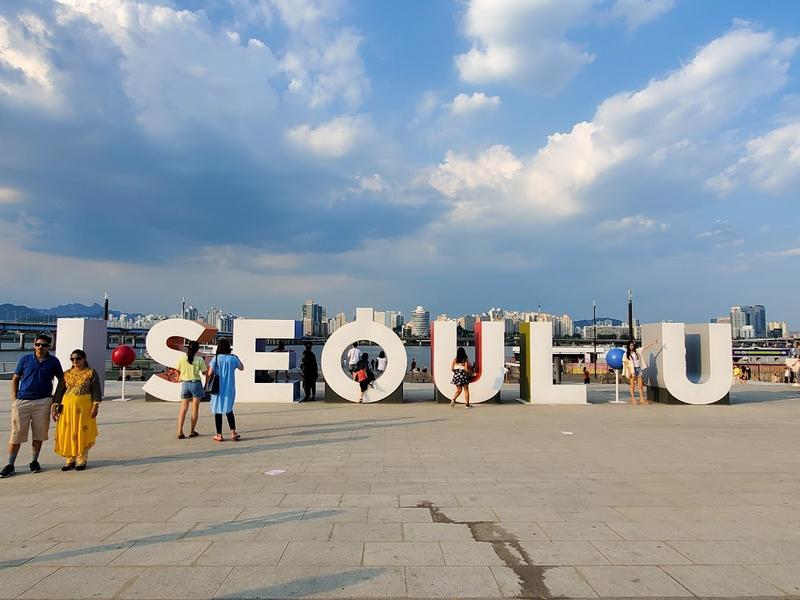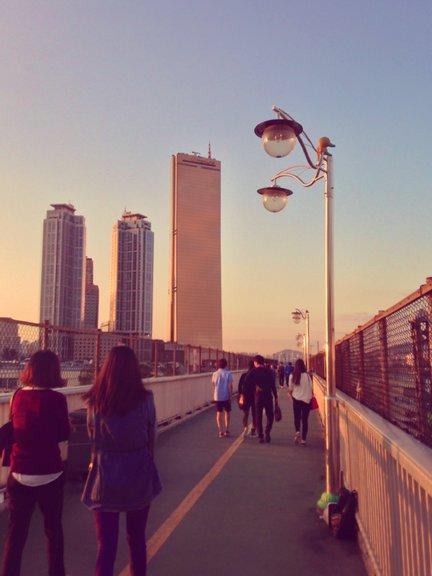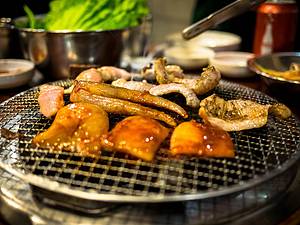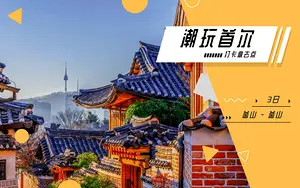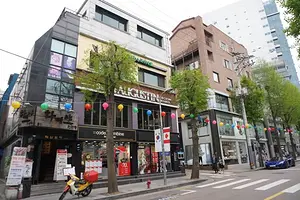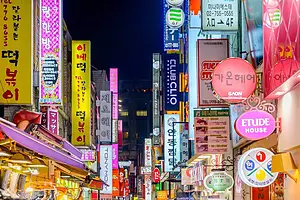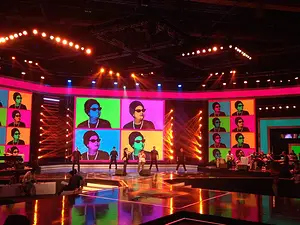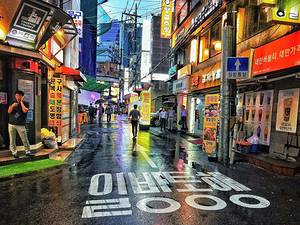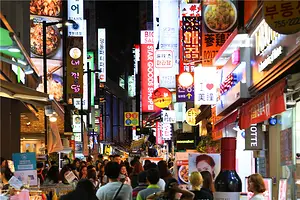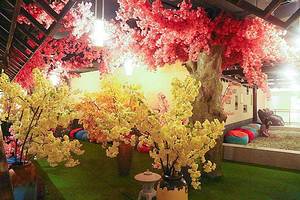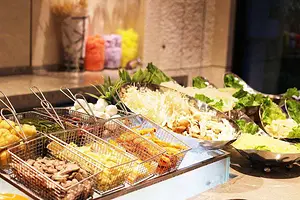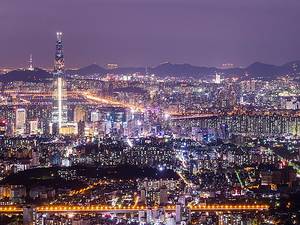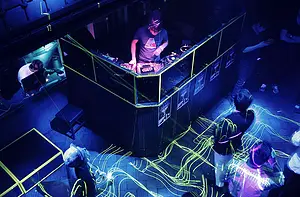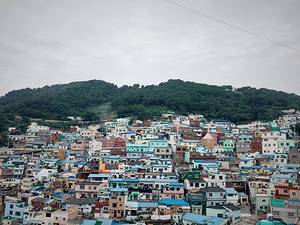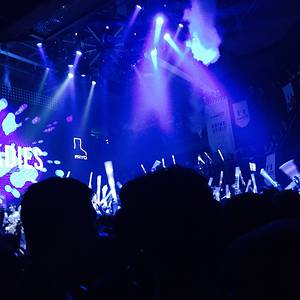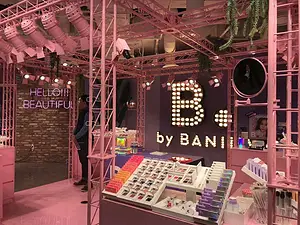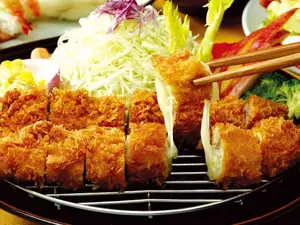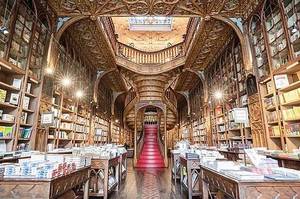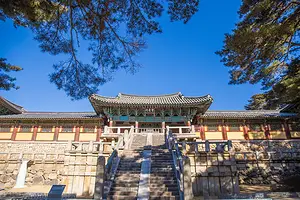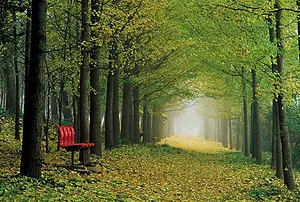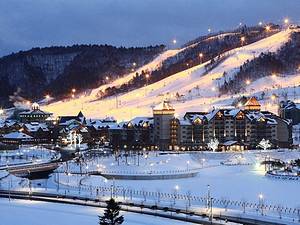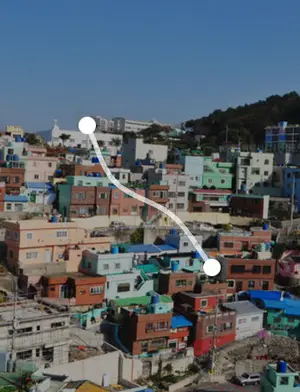Seoul 4-Day Tour
1 cities |
13 attraction(s) |
total distance 28
km
 TIPS
TIPS
Day1
Day2
Day3
Day4
Day1: Seoul
5 attraction(s) ·
4 km
1
Bukchon Hanok Village is one of the most representative places to experience traditional Korean residential culture. Here, you can feel the authentic living atmosphere as it is a residential area. Therefore, when you visit here as a tourist, please keep quiet so as not to disturb their daily lives. Of course, taking photos here is also an excellent choice. If you want to find the eight major attractions of Bukchon and take beautiful pictures, don't worry about getting lost because there are ground signs to guide you to the best shooting spots. The services here are very thoughtful and convenient for tourists.
1
km
2
Traditional Hanok buildings, elegant galleries, and leisurely coffee time can be enjoyed on Ssamcheong-dong Road. Modernity and tradition harmoniously blend here, creating a unique atmosphere. Along this quiet walking path, you can also visit museums, antique shops, and other places, immersing yourself in a rich cultural ambiance.
1
km
3
Gyeongbokgung Palace is the first palace built in the early days of the Joseon Dynasty, with a history of 600 years. It was once a grand palace and now showcases delicate beauty. Gyeongbokgung Palace is the largest of the Five Grand Palaces and features unique architecture such as Geunjeongjeon Hall and Gyeonghoeru Pavilion. In addition, there are the National Palace Museum and the National Folk Museum where visitors can explore and experience. Gyeongbokgung Palace is open to the public and there is a ticket office at the entrance of Gwanghwamun. Visitors can also watch the Changing of the Guard ceremony and take photos with the guards, immersing themselves in Korean classical culture.
The name Gyeongbokgung means "great blessings and prospering the nation," reflecting the early aspirations of the Joseon Dynasty. It was completed in 1395 and at its peak had over 390 buildings. During the Japanese invasion in the late 16th century, Gyeongbokgung Palace was burned down and remained abandoned for 273 years. It was restored during the reign of King Gojong but suffered significant damage during the Japanese colonial period, with some buildings demolished and replaced by the Government-General Building. After Korea's independence, Gyeongbokgung Palace gradually underwent restoration, with the completion of the restoration project of Gwanghwamun Gate in 2010. There are also guided tours available in Chinese, departing from the inside of the Geunjeongmun Gate at four designated times.
2
km
4
Insa-dong, like Shanghai's Tianzifang, is just a step away from Gyeongbokgung Palace. Although its area is not large, with only one main street and a few perpendicular alleys, it was once the residential area of the Joseon Dynasty's noble class. Today, Insa-dong is home to numerous art galleries, museums, and specialty shops. Walking on the stone-paved Insa-dong Street, history is solidified with every brick and tile underfoot, and you can experience the coexistence of classical and avant-garde Korean culture. Here, you can find a Starbucks with a Korean signboard, the most distinctive Korean souvenir store in Seoul, and traditional Korean tea shops, which are treasures of this place. It is definitely an unforgettable experience to have a cup of traditional Korean tea, taste various traditional snacks, and sit in a traditional tea house to feel the lovely atmosphere here. Moreover, you can find some Korean souvenirs that are not available elsewhere! Even locals may not be familiar with the objects in Insa-dong, but the movie "The Scandalous Lady W" by Jang Lee-yeong has added a touch of mystery and interest to this place, which is definitely worth a visit.
1
km
5
Cheonggyecheon is an artificial river in Seoul, South Korea, with a total length of about 13.7 kilometers. It was excavated in the Joseon Dynasty to solve the problem of rainwater accumulation in the city. Cheonggyecheon used to be used as a sewer, but it was transformed into a famous international tourist attraction in 2005. It is the second largest tributary of the Han River and flows into the Han River after merging with Jungnangcheon, the largest tributary, in the eastern part of the city.
Day2: Seoul
3 attraction(s) ·
3 km
1
"Gentleman's Dignity" is a wonderful Korean drama, with many scenes filmed around Hongik University (홍익대학교). The art department of Hongik University is one of the most famous in Korea, therefore, the surrounding cultural atmosphere is very rich. There are often artistic performances and shows on the streets, and there is also a lively street culture in the late night. In addition, the nightclubs here are also very popular, so if you want to experience the carnival atmosphere of young people, you are welcome to come and experience it. In addition, there are many delicious restaurants and fashionable young clothing stores here, if you want to travel on a budget, Hongik University area is a very worthwhile place to visit.
3
km
2
Ewha Womans University is one of the world-famous women's universities, attracting many foreign tourists with its beautiful campus and charming Ewha girls. The scenery here is colorful, with enchanting maple leaves in autumn and blooming cherry blossoms in spring. The entire campus is surrounded by greenery, with ancient teaching buildings coexisting harmoniously with trees, giving people a lively and beautiful feeling. There are many stone school buildings like those in fairy tales, quiet little gardens, campus avenues lined with ginkgo trees, and beautiful and captivating faces, making it hard for people to leave. The whole campus is filled with a faint romantic and aesthetic atmosphere, and a moment's stay here will be refreshing. The school also arranges campus tours led by students, and there are many unique shops and restaurants nearby, making it a great place for a leisurely stroll and to experience campus life.
1
km
3
The Pear Blossom Women's University Museum was built in 1935, initially named Pear Blossom School, and renamed Pear Blossom Women's University in 1948. As a women's school under the Japanese imperialist rule, the university faculty and students established the museum to protect the country's cultural heritage. The museum mainly collects folk artifacts, woodworking products, ceramics, etc. Former First Ladies, including Kim Yoon-ok, the wife of former South Korean President Lee Myung-bak, have also studied at this university.
Day3: Seoul
3 attraction(s) ·
4 km
1
DDP is a design plaza that combines traditional historical architecture with cutting-edge modern technology. It covers an area of 62,692 square meters, with a building area of 25,104 square meters and a total area of 86,574 square meters, consisting of 3 underground floors and 4 above-ground floors. In addition to Seoul City Wall and Two-Block Gate (265m² 8,030 square meters), the park also includes buildings such as Dongdaemun History Museum, Dongdaemun Relics Exhibition Ground, Dongdaemun Sports Memorial Hall, event halls, and design galleries. DDP offers various exhibitions and activities such as Seoul Architecture Culture Festival, BANWOOJUNG Show, Hera Seoul Fashion Week, Farmers' Market, etc. Visitors can participate in on-site or group tours, or freely explore using the free audio guide, or participate in children's programs such as design playground and regular workshops. The main facilities of DDP include Art Center, Cultural Center, Design Center, Dongdaemun History Culture Park, and Harmony Square. The Design Market is a multi-purpose market that offers cultural products, experiential activities, and shop-in-shop services, aiming to enhance the vitality of the surrounding commercial area.
3
km
2
The Myeongdong Cathedral is a Gothic-style cathedral located in the central area of Seoul, South Korea. It is the main cathedral of the Seoul Archdiocese of the Catholic Church. The cathedral was first built in 1898 and consecrated to the Immaculate Conception of the Blessed Virgin Mary. In 1945, it was renamed Myeongdong Cathedral to celebrate Korea's independence. Due to the church's significant role in Korean society, the cathedral has been involved in various political events. The Virgin Mary's Garden behind the church sometimes holds organ performances at noon, and a midnight Mass is held here every December 24th.
2
km
3
Opened in 1980, this iconic tower offers panoramic views of the city & a revolving restaurant.
Day4: Seoul
3 attraction(s) ·
2 km
1
Large, popular park on the river featuring scenic views, plus running paths & a swimming pool.
1
km
2
63 Building is one of the famous tourist attractions in Seoul, South Korea. It has the tallest observatory in Korea and features facilities such as a cinema, aquarium, and restaurants. On clear days, you can take the glass elevator to the observatory and enjoy a panoramic view of the distant Incheon coastline. Especially at night, the view is beautifully romantic, making it a popular spot for dates.
1
km
3
Large, popular park on the river featuring scenic views, plus running paths & a swimming pool.
